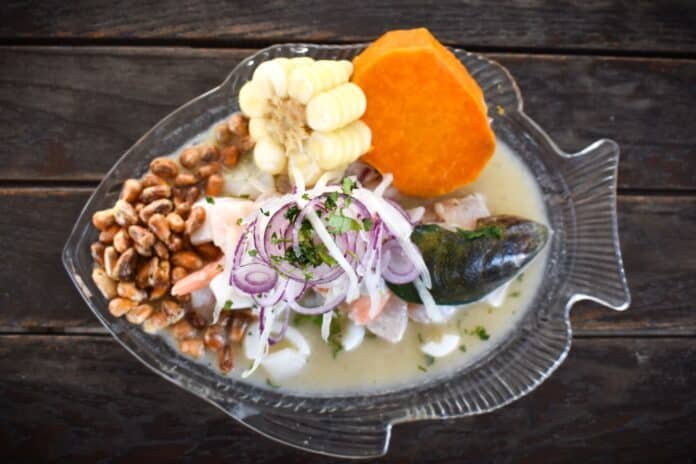While it might come off as a Hallmark holiday for some, in Perú, it is quite the opposite. National Ceviche Day is celebrated with passion every 28th of June, from Lima to Iquitos. And this year, Long Beach will be no exception.
It is part of Taste Perú, a charitable initiative powered by Affluent Hispanic Philanthropies’s “Chefs in Philanthropy Program,” which uplifts Latino-centric culinary voices and supports community-based food experiences. And four Long Beach restaurants, in addition to one out in La Puente, will be participating in this one-day only uplift of the mighty ceviche. Or, if you’re Peruvian, “cebiche.”
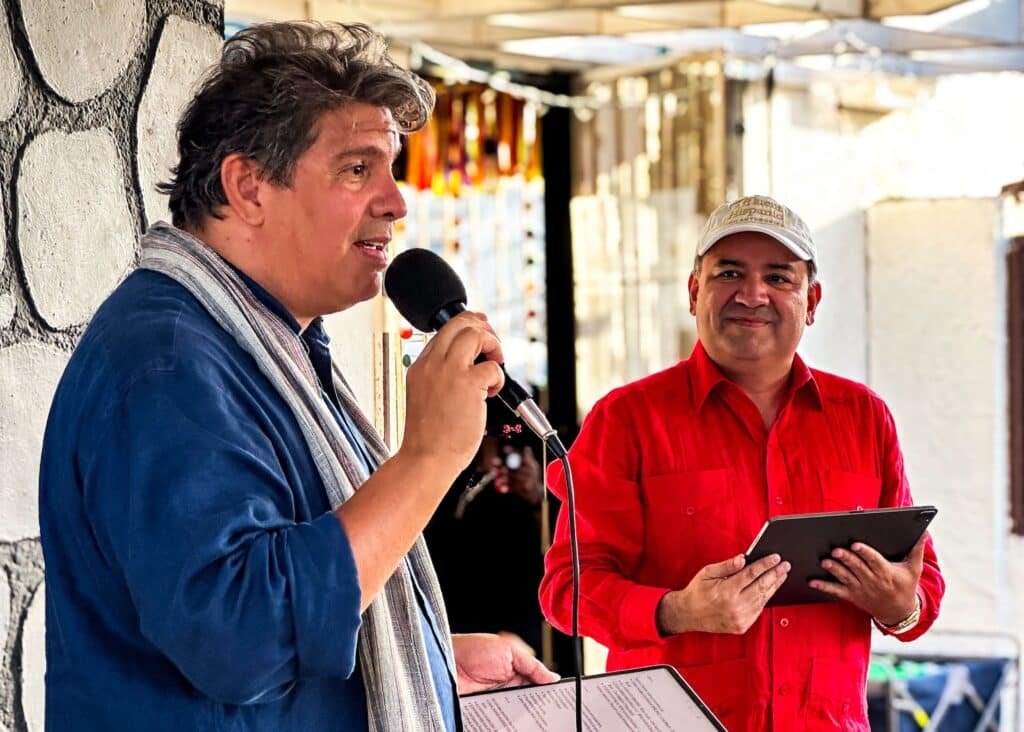
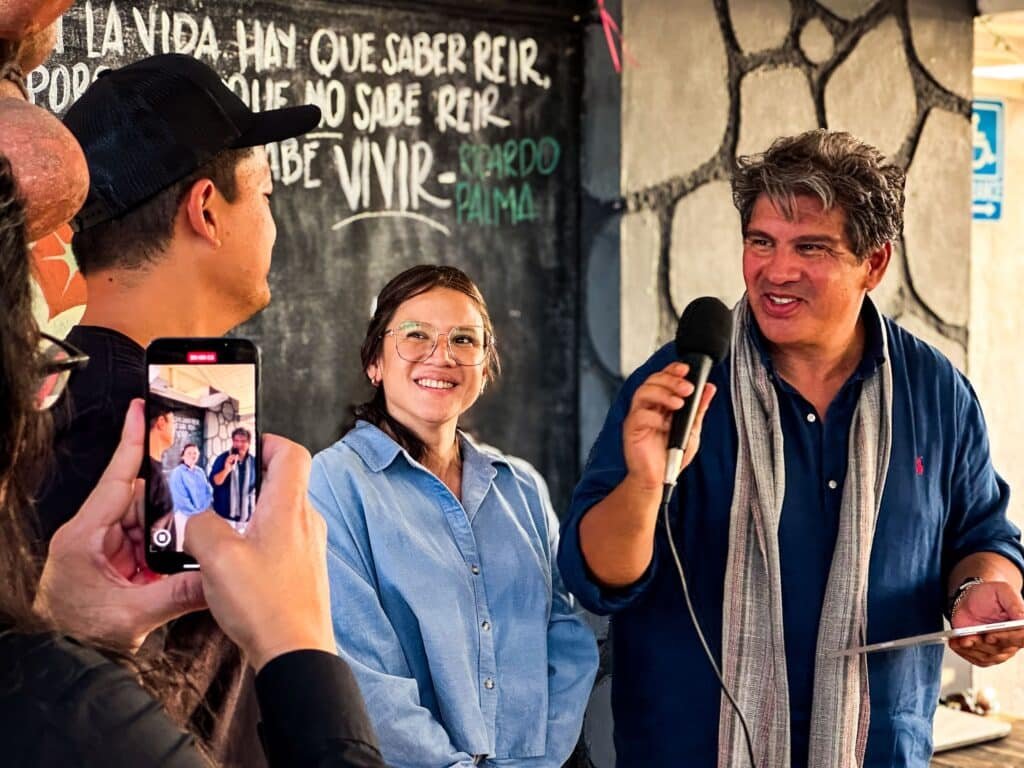

Who is serving what for National Ceviche Day in Long Beach.
Four Long Beach restaurants will represent the Peruvian national dish this Saturday at each of their spaces. There’s the Michelin-recognized Sushi Nikkei. And the Westside treasure that is Casa Chaskis. 4th Street staple Ají Peruvian Cuisine. As well as the Cal Heights Peruvian sandwich shop, Alli Kaphiy.
Casa Chaski’s will be offering up its ceviche classico de pescado, in which chunks of fish are marinated in their house-made rocoto leche de tigre. Served with yams, choclo, and cancha, it is one of the most tradition-forward versions of the dish you’ll find.
Ally Kaphiy will do a ceviche flight featuring four different kinds. Fish. Shrimp. Conchas negras (black clams). And a vegan ceviche.
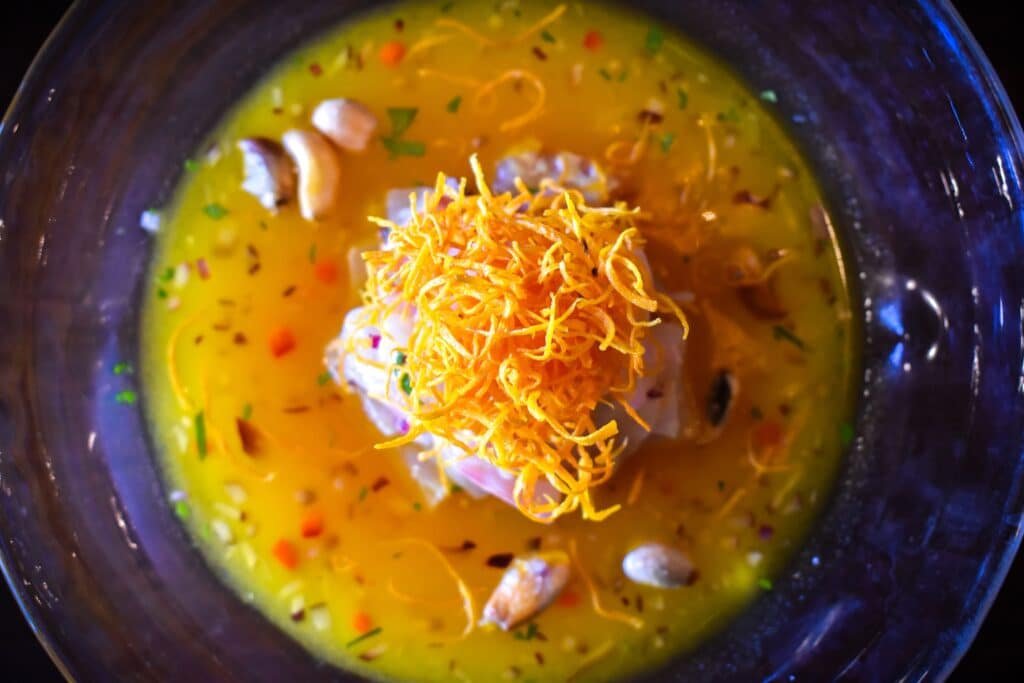
Chef Mitto Barriga is making a special “ceviche máncora” with halibut and octopus, as well as offering their three regular ceviches: Clásico. Mercado. And Nikkei. Also? Choose one ceviche and a glass of draft beer for $25.
Sushi Nikkei will offer its elevated version of cebiche (with a 10% discount). This dish highlights the use of yams thanks to a yam puree topped with cancha, rocoto-soaked chunks of fish, fried strips of sweet potato, and a bath of ají amarillo-tinged leche de tigre.
Joining them will be Ceviche Stop. It used to have a home in Culver City before it moved to La Puente with its Peruvian wonders. A SoCal play on traditional Peruvian ceviche, chunks of avocado—some smashed, some left whole—cut through the tartness of the leche de tigre.
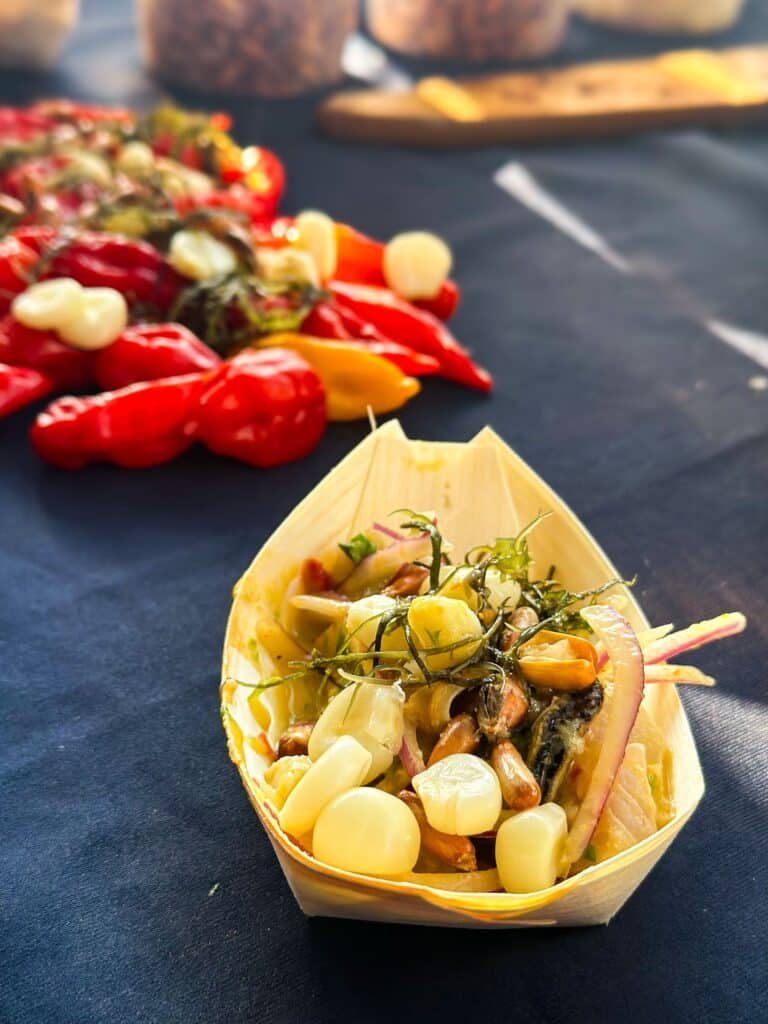
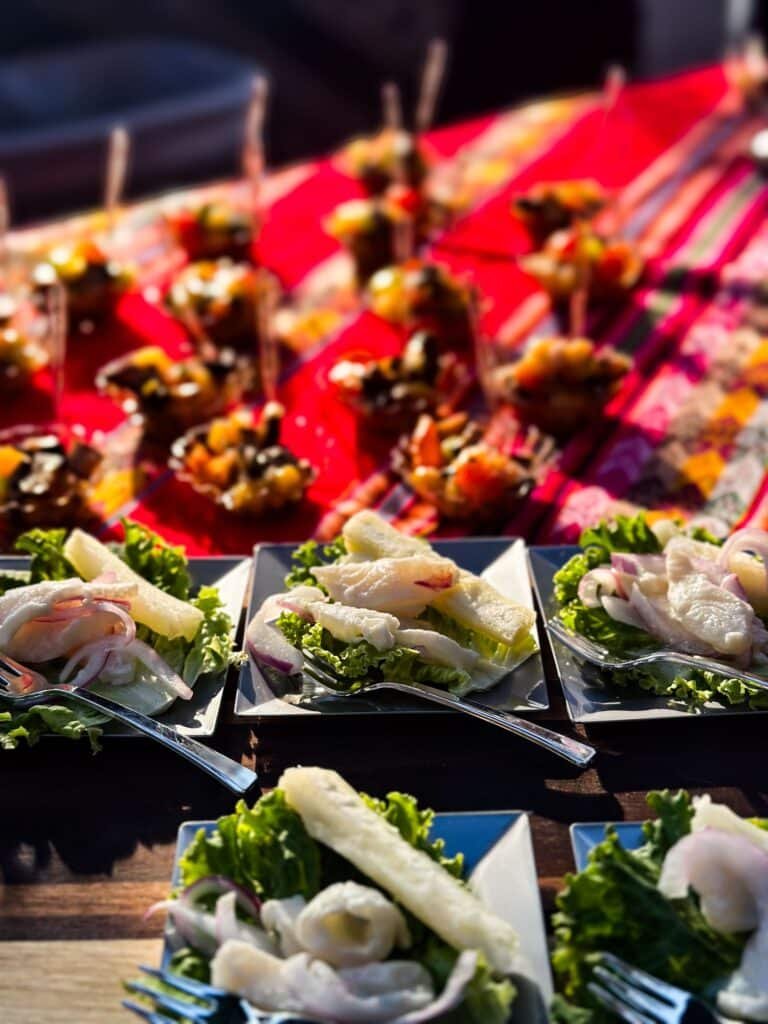
Ceviche from Ceviche Stop [left] and Alli Kaphiy [right]. Photos by Brian Addison.
The story behind National Ceviche Day.
Ceviche is more than a dish in Perú. It’s a spoken identity. A daily ritual. And a community gathering in one citrusy plate. To honor that, in 2008, the Peruvian Ministry of Production officially declared June 28 as Día Nacional del Ceviche. (That was done via Ministerial Resolution 708/2008.) The date was chosen to boost sustainable, responsible consumption of this coastal staple, especially as fish stocks dip in Perú’s austral winter.
Long before that, in 2004, Perú’s National Institute of Culture named ceviche a “Patrimonio Cultural de la Nación”—a formal nod to its status as Peru’s national culinary emblem. In other words, ceviche was recognized not just as delicious food—but a living piece of Perú’s cultural DNA.
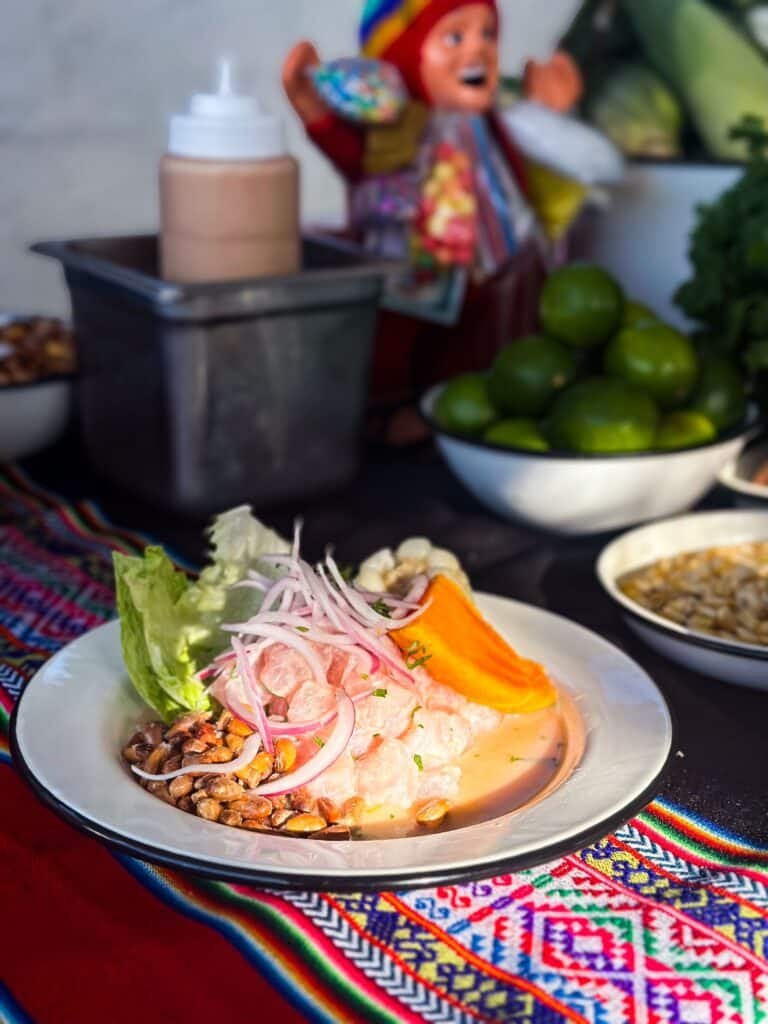
United by a dish: How ceviche landed on UNESCO’s list.
In December 2023, UNESCO inscribed “the practices and meanings associated with preparation and consumption of ceviche” onto its Representative List of the Intangible Cultural Heritage of Humanity. It was Perú’s first food-based cultural practice to earn the honor—and the twelfth element overall on their national list.
UNESCO highlighted ceviche as a living tradition rooted in artisanal fishing, sustainable citrus cultivation, and family kitchens. It’s not just a recipe; it’s a practice that keeps communities connected—from coastal anglers to home cooks and street-side vendors. That recognition underscores how ceviche reinforces regional variations and identities—from Lima’s pure-note citrus cures to Tumbes’s coastal spice blends—and how its knowledge is exchanged master to apprentice in family households.

